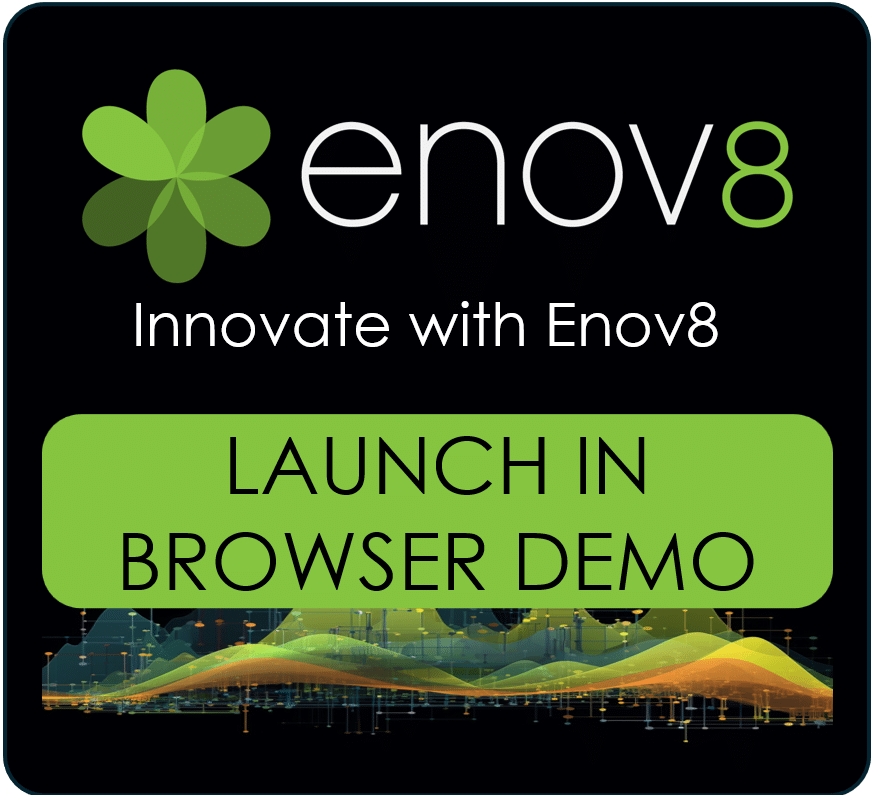
Application rationalization is the process of identifying which applications an organization should keep, update, consolidate, or retire. Think of it as a financial adviser, but instead of your investment portfolio, it’s your application portfolio.
Most companies take this on to reduce technology costs, eliminate redundant systems, simplify operations, and create a cleaner IT estate that’s easier to manage. Doing this at scale, however, requires more than spreadsheets and ad-hoc inventories. You need tools that can help surface your application footprint, assess value and risk, and guide decisions with data.
In this post, we’ll walk through seven tools that support application rationalization efforts. We’ll also briefly explain what these tools typically do and how you might decide between them.
What Is an Application Rationalization Tool?
An application rationalization tool helps organizations understand what software they have, how it’s being used, what it costs, and whether it should remain part of the portfolio. These platforms usually include features like automated discovery, lifecycle scoring, dependency mapping, cost modeling, and dashboards to support decision-making.
The goal is simple: give you the clarity needed to optimize your portfolio rather than relying on anecdotal knowledge or incomplete inventories.

7 Application Rationalization Tools
1. ServiceNow Application Portfolio Management
ServiceNow APM offers a deeply integrated, workflow-driven way to evaluate applications across business value, risk, cost, and technical fit. Organizations often adopt it to consolidate scattered inventories, bring consistency to scoring, and align rationalization with broader ITSM/CMDB processes.
Because it lives within the ServiceNow ecosystem, it can automatically draw on data from operations, incidents, ITOM, and other modules, enriching decisions with operational context.
Pros
ServiceNow centralizes portfolio data into a single system of record, and its scoring models adapt well to various rationalization approaches. It also integrates closely with CMDB and ITSM/ITOM modules, improving data quality and completeness.
Cons
Many organizations need consulting or developer support for setup, especially when configuring scoring, workflows, or integrations. The platform’s breadth can add complexity early on.
Best for
Large enterprises already invested in ServiceNow and looking to unify rationalization with existing ITSM or operational processes.
2. LeanIX Application Portfolio Management
LeanIX provides a highly structured, visual approach to understanding your application landscape, making it a strong fit for organizations with mature enterprise architecture practices. It captures business capabilities, lifecycle information, technical ownership, and risk profiles, giving teams a consistent and easily digestible view of the portfolio.
The platform is designed to enable collaboration, allowing distributed stakeholders to contribute information without clutter or complexity.
Pros
LeanIX produces visualizations executives can interpret easily, from lifecycle maps to heat grids. Its survey mechanism simplifies collecting decentralized input, often a major bottleneck in rationalization.
Cons
Its rigid data model may feel restrictive when modeling unconventional environments. Some integrations require extra configuration to ensure data accuracy.
Best for
Organizations with formal enterprise architecture practices seeking standardized insight into portfolio health and roadmapping.
3. BMC Helix Discovery and APM
BMC Helix Discovery focuses on automated, agentless discovery that identifies applications, infrastructure components, and their dependencies. When paired with BMC’s APM capabilities, it gives organizations a clear picture of what’s running, how it’s connected, and where redundancies or risks exist. This makes it especially useful when rationalization depends on accurate technical mapping rather than self-reported inventories.
Pros
Automated discovery eliminates guesswork and reduces manual cataloging effort. Dependency maps help teams avoid retiring or consolidating applications without understanding upstream or downstream impacts.
Cons
Discovery tools may require tuning to avoid false positives or incomplete maps. Pricing can increase with environment size.
Best for
Enterprises with large, distributed technology footprints that need reliable automated discovery to anchor rationalization efforts.
4. Bizagi Modeler and Automation Suite
Bizagi provides process modeling and workflow automation tools that help organizations understand how applications support (or hinder) business operations.
By mapping business processes and identifying which applications enable each step, companies gain clarity on functional overlap, unused systems, or apps that add more complexity than value. While not a dedicated APM suite, Bizagi offers powerful insight for rationalization efforts that are driven by business process alignment rather than purely technical assessment.
Pros
Bizagi links applications directly to the processes they affect, making it easier to determine where tools provide value and where they create operational friction. This is valuable when rationalization aims to improve efficiency and process quality.
Cons
Because it is not a full APM platform, many organizations pair it with discovery or asset management tools. Its usefulness grows alongside mature process documentation.
Best for
Teams pursuing process-driven rationalization or broader digital transformation initiatives.
5. Apptio Cloudability and ApptioOne
Apptio brings financial clarity to technology portfolios by focusing on total cost of ownership, budget alignment, and cost-to-value analysis. It allows organizations to map spending to applications and business units, uncover redundancies, and model the financial impact of retiring, consolidating, or modernizing systems.
This financial grounding makes it a strong choice when rationalization is primarily motivated by cost control or budgeting constraints.
Pros
Apptio helps organizations understand cost drivers and TCO at a granular level, making it easier to identify applications that are disproportionately expensive for the value they deliver.
Cons
Its financial depth can overwhelm teams unfamiliar with ITFM practices. Successful configuration usually requires good cost data and clear allocation models.
Best for
Organizations prioritizing rationalization as part of cost optimization, cloud migration, or budget realignment initiatives.
6. Turbonomic Application Resource Management
Turbonomic focuses on dynamic resource allocation and performance optimization across cloud and on-premises environments. While not a traditional portfolio management tool, it contributes to rationalization by highlighting inefficiencies such as underutilized workloads, over-provisioned resources, and applications that consume more infrastructure than their value justifies.
These insights help organizations decide which applications to right-size, consolidate, or potentially retire.
Pros
Turbonomic provides clear, data-driven insights that eliminate redundant capacity and highlight applications consuming unnecessary resources. This offers a quantitative perspective on rationalization.
Cons
It does not measure business value or functional relevance, so it cannot replace a portfolio tool. Its strength lies in complementing other rationalization data sources.
Best for
Organizations rationalizing in conjunction with cloud optimization, capacity planning, or infrastructure efficiency initiatives.
7. Enov8 Live APM
Enov8 APM offers environment visibility, lifecycle insights, dependency mapping, and governance capabilities that collectively support application rationalization.
By giving teams a unified view of systems, environments, data flows, and release activity, it helps identify where redundancy exists and where applications no longer align with operational or compliance needs. Its emphasis on ecosystem-wide understanding makes it particularly effective for organizations with complex, interconnected environments.
Pros
Enov8 clarifies how systems interact across SDLC environments and data flows, making it easier to uncover redundancies and risks. Its governance features further align rationalization with compliance, release cadence, and environment health.
Cons
Organizations may need to adjust or mature internal processes to maximize its benefits. The platform is most impactful when teams commit to holistic ecosystem visibility.
Best for
Enterprises pursuing rationalization as part of environment governance, modernization, or improving release and change management effectiveness.
How to Choose an Application Rationalization Tool
Choosing the right tool begins with understanding your primary rationalization goals. Some organizations want to reduce licensing or infrastructure costs. Others aim to simplify their environment before cloud migration, M&A activity, or modernization. Your choice should reflect not just your objectives but also your data maturity and existing systems.
Consider whether you need automated discovery, deep cost modeling, integration with your CMDB, or strong enterprise architecture visualizations. Determine whether executives need dashboard-ready reporting or whether your team needs operational detail for hands-on cleanup. The best tool is the one that aligns with both your rationalization strategy and your current operational reality.
Conclusion
Application rationalization helps organizations reduce cost, improve resilience, and simplify their IT landscape. The seven tools covered here represent a range of capabilities, from discovery and cost modeling to process insight and environment governance. The right choice depends on what outcomes your organization values most.
If you want rationalization to tie directly into ecosystem visibility, governance, and environment health, Enov8 provides a foundation that supports both cleanup and long-term operational improvement.

